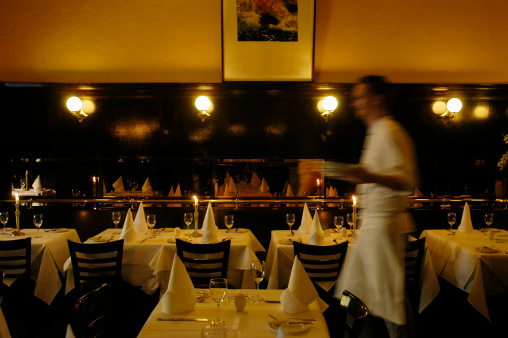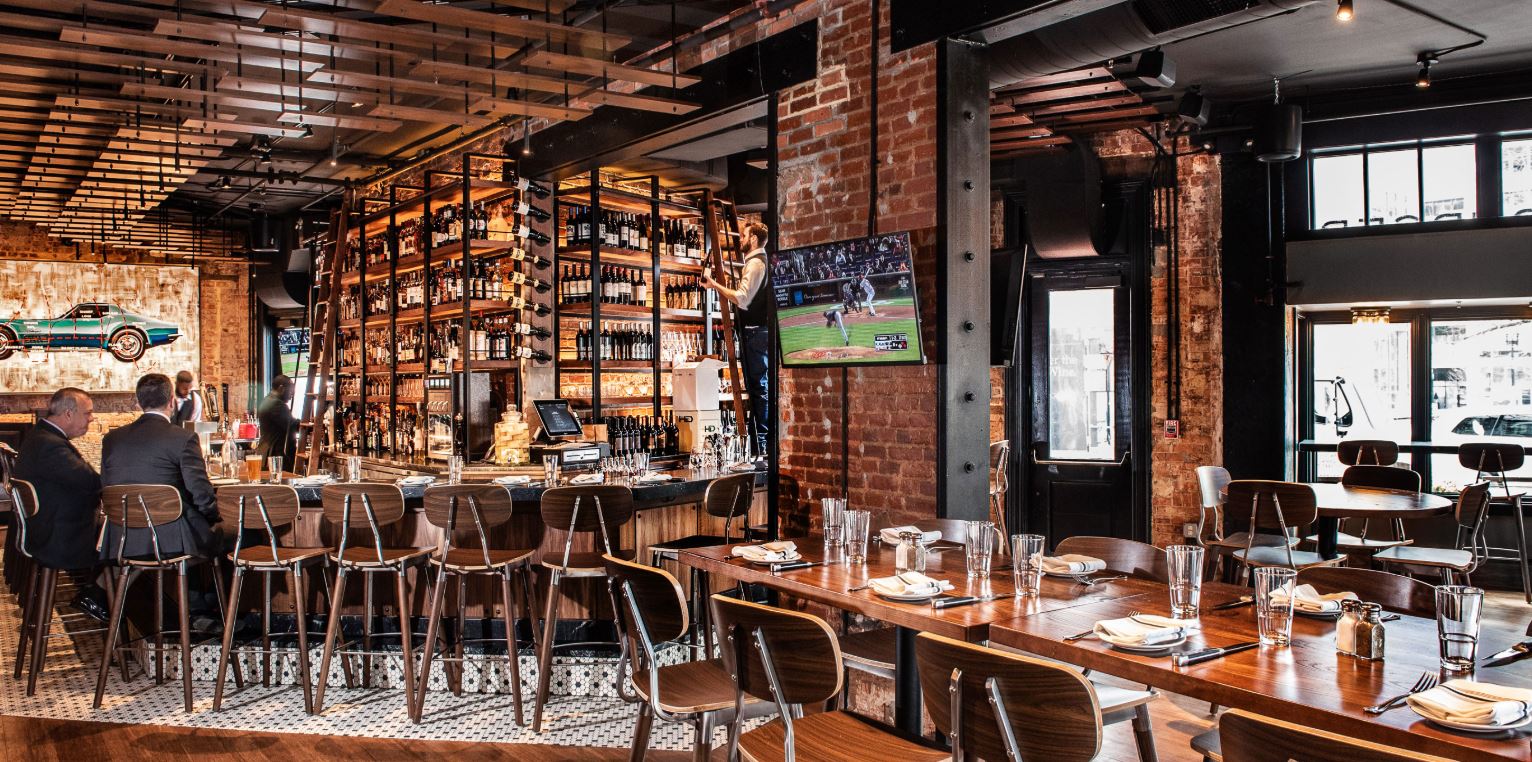Best Asian Restaurant Islamabad: Experience Flavors from Throughout Asia
Best Asian Restaurant Islamabad: Experience Flavors from Throughout Asia
Blog Article
Savor Genuine Eastern Cuisine With a Pan-Asian Spin for a Cooking Adventure
Beginning on a culinary journey through authentic Oriental cuisine, improved with a Pan-Asian spin, supplies an unique possibility to discover the rich tapestry of tastes that specify the region's varied culinary practices. As you ponder these tempting meals, consider the social stories and historic influences that form them, each bite providing a tale waiting to be uncovered. Chinese food Islamabad.

Checking Out Pan-Asian Tastes
In the world of international gastronomy, Pan-Asian food stands apart for its remarkable diversity and the harmonious interplay of tastes from various Oriental societies. This cooking strategy celebrates the special ingredients and abundant traditions discovered throughout the continent, creating a tapestry of preferences that is both satisfying and fascinating. Trick to Pan-Asian food is its capacity to balance contrasting tastes-- wonderful, salty, spicy, and sour-- while highlighting the freshness and quality of each ingredient.
From the umami-rich soy sauce of Japan to the intense chili peppers of Thailand, Pan-Asian food supplies a comprehensive scheme of flavors. These elements are commonly incorporated in creative ways, enhancing recipes with layers of intricacy. For example, using great smelling natural herbs such as lemongrass and cilantro, typical in Vietnamese and Thai cuisine, adds a rejuvenating illumination to dishes, while the incorporation of coconut milk delivers a velvety, rich texture.
The focus on fresh produce and fragrant spices ensures that each dish is not only a banquet for the taste but also for the detects. Pan-Asian cuisine invites diners to start a culinary journey, exploring the huge and varied landscapes of Asian gastronomy with every bite.
Blend Meals to Try
While Pan-Asian food is commemorated for its typical flavors, the modern-day cooking landscape is increasingly accepting fusion dishes that mix these timeless aspects with impacts from other areas. This cutting-edge technique not only honors the rich heritage of Asian cookeries but likewise introduces novel taste experiences that interest contemporary tastes buds.
A prime instance of such a fusion dish is the Korean-Mexican taco, where seasoned bulgogi beef is wrapped in a cozy tortilla, topped with kimchi and a hot gochujang-infused salsa. This mix weds the vibrant, mouthwatering tastes of Korea with the vibrant, fresh elements of Mexican cuisine. Similarly, sushi burritos have actually gained popularity, integrating the fragile creativity of Japanese sushi with the passionate, hand-held benefit of a burrito, commonly including fusion active ingredients like tempura shrimp and avocado with a drizzle of wasabi mayo.
Another noteworthy meal is Thai curry ramen, which instills the luscious, fragrant spices of Thai curry into the comforting broth of standard Japanese ramen, producing an unified mix that tantalizes the senses. These combination dishes expand past mere uniqueness; they represent a culinary discussion in between societies, encouraging expedition and technology in the world of Pan-Asian cuisine.
Important Active Ingredients and Spices
To absolutely appreciate Pan-Asian cuisine, one have to understand the vital components and seasonings that form its structure. This varied culinary style attracts from a rich tapestry of Oriental customs, utilizing an unified blend of flavors and appearances.
Aromatic components are critical, with lemongrass, ginger, and garlic being common across numerous Pan-Asian dishes. These active ingredients give a great smelling base that enhances the complexity of tastes. Spices such as celebrity anise, cardamom, and cinnamon present warmth and character, resembling impacts from regions like China and India.

Food Preparation Strategies and Tips
Understanding the art of Pan-Asian cuisine requires knowledge with its unique cooking techniques, each adding to the dynamic tapestry of tastes this cooking custom is commemorated for. Central to these methods is the stir-fry, a quick cooking strategy that maintains the dietary stability and dazzling shades of ingredients. Using a frying pan, the stir-fry approach enables also heat distribution, important for achieving the characteristic texture and taste equilibrium of Pan-Asian recipes.
Another basic strategy is steaming, specifically common in Chinese food. This mild technique preserves the natural flavors and nutrients of ingredients, making it suitable for seafood and veggies. Dumplings, a cherished staple, commonly gain from steaming, causing soft, succulent appearances.
Cooking, likewise indispensable, passes on smoky midsts to dishes such as Korean bulgogi or Japanese yakitori (asian restaurant isb). This method commonly includes marinading active ingredients, enabling tastes to penetrate deeply prior to food preparation over an open flame or warm plate
Last but not least, grasping the art of stabilizing tastes-- sweet, sour, salty, bitter, and umami-- is critical. Correctly layering these aspects can boost a meal from common to phenomenal, offering a complex and satisfying cooking experience that symbolizes the essence of Pan-Asian food.
Dining Experiences Worldwide
Around the world, Pan-Asian food uses an unparalleled dining experience, celebrated for its rich tapestry of tastes and vivid discussions. This cooking phenomenon has actually gone beyond social boundaries, catching the hearts and tastes of food lovers worldwide. In multicultural cities fresh York, London, and Sydney, Pan-Asian dining establishments function as melting pots where cooking practices from Thailand, Japan, China, and past merge, supplying restaurants with a diverse mix of recipes that highlight the region's diversity.
The global charm of Pan-Asian food hinges on its capability to supply both authenticity and technology. Cooks masterfully wed standard components such as additional hints lemongrass, soy sauce, and miso with contemporary methods, resulting in meals that are both familiar and refreshingly brand-new. This blend allows diners to start a cooking journey that respects heritage while accepting modernity.
Moreover, dining experiences are raised with thoughtfully made environments that mirror the values of hot wok Pan-Asian aesthetics. From minimalist Japanese-inspired interiors to dynamic Thai-themed spaces, each restaurant offers a distinct atmosphere that matches the culinary offerings. As a result, patrons are not just consuming a meal however partaking in a social experience, making Pan-Asian dining a truly global phenomenon.
Final Thought
The exploration of Pan-Asian food provides a profound understanding of the detailed interplay of tastes and culinary practices throughout Asia. By accepting combination meals such as Thai curry ramen and sushi burritos, the cooking trip not only highlights the versatility of conventional ingredients yet likewise showcases innovative modern strategies. This gastronomic adventure, improved by cooking techniques and important seasonings, gives a special chance to value the multiculturalism and culinary virtuosity that specify Pan-Asian food on a global scale.
Beginning on a culinary trip with genuine Asian cuisine, improved with a Pan-Asian spin, offers an unique opportunity to discover the rich tapestry of tastes that define the region's diverse culinary customs.In the realm of international gastronomy, Pan-Asian cuisine stands out for its amazing diversity and the harmonious interaction of tastes from different Oriental cultures. Secret to Pan-Asian food is its capability to balance different tastes-- pleasant, salted, spicy, and sour-- while highlighting the quality and high quality of each component.

Report this page